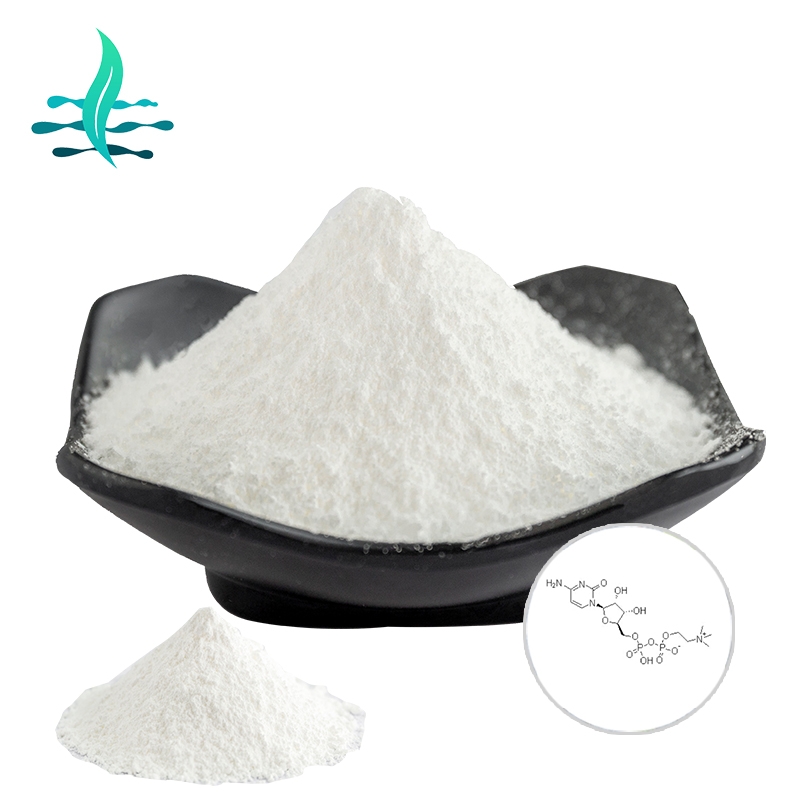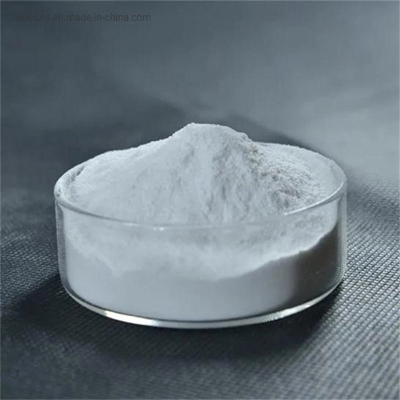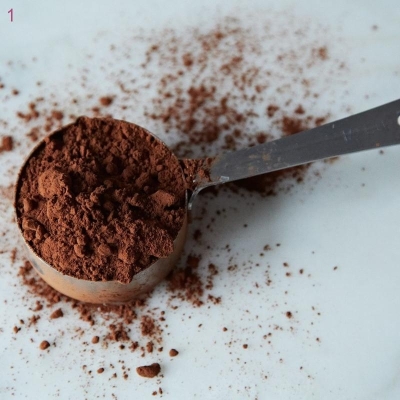-
Categories
-
Pharmaceutical Intermediates
-
Active Pharmaceutical Ingredients
-
Food Additives
- Industrial Coatings
- Agrochemicals
- Dyes and Pigments
- Surfactant
- Flavors and Fragrances
- Chemical Reagents
- Catalyst and Auxiliary
- Natural Products
- Inorganic Chemistry
-
Organic Chemistry
-
Biochemical Engineering
- Analytical Chemistry
- Cosmetic Ingredient
-
Pharmaceutical Intermediates
Promotion
ECHEMI Mall
Wholesale
Weekly Price
Exhibition
News
-
Trade Service
is the life force of pollen. Refers to the length of time pollen can maintain fertilization capacity after leaving the flower medicine. Under natural conditions, most plant pollens have a shorter life span. The pollen of seaweed can last for several months to a year and is one of the longest-lived species of pollen. Fruit tree pollen has a longer life span and can last from weeks to months. The living power of undergraduate plant pollen is generally low. Such as rice pollen, under natural conditions 10 to 15 minutes will be completely insemination capacity. The length of pollen life is determined by genetic factors on the one hand and by the environment on the other. The most important environmental factors affecting pollen life force are relative humidity, temperature and gas environment. Controlling these environmental factors, i.e. extending the life of pollen, can help overcome the difficulties of parent-to-parent flowering and long-distance hybridization in hybrid breeding. Pollen is generally best preserved at low temperatures (around 0 degrees C),
dry
(relative temperature 25 to 50%) and anaerobic conditions. Pollen preservation requirements of the plant, such as rice at 12 degrees C, 85% of the relative humidity conditions, the living force can be maintained for 24 hours. In recent years, the technology developed to preserve pollen with ultra-low temperature, vacuum and freeze-drying can greatly extend the life of pollen. For example, pollen of radon, under the condition of -21 degrees C, vacuum storage for 11 years still has the ability to live, apple pollen in liquid nitrogen created by the conditions of -196 degrees C, after ultra-low temperature preservation for 2 years, after thawing still like fresh pollen.







